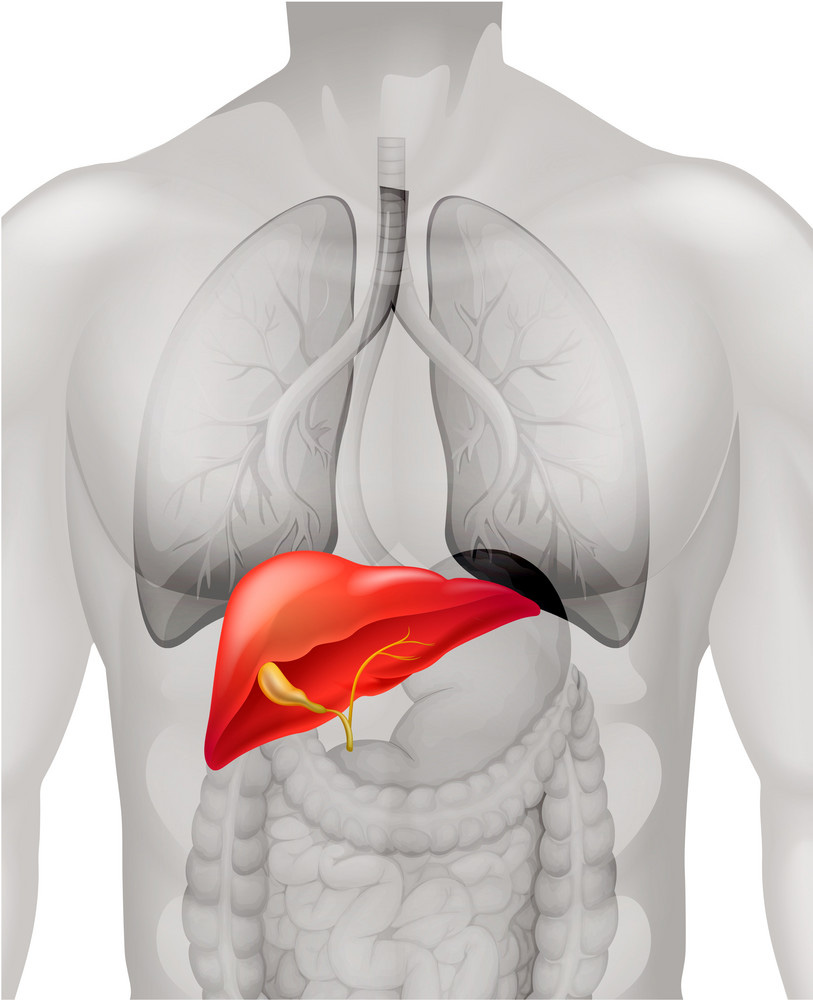 LIVER CIRRHOSIS
LIVER CIRRHOSIS
Below is a sample of existing clinical evidence:
“All patients were terminal state LC (Liver Cirrhosis) patients. Two third in 51 had the ascitis and more than one third had hepatic encephalopathy. After single stem cell therapy using UCBSC (Umbilical Cord Blood Stem Cell), most of the hepatic
encephalopathy patients and more than two third of ascitic patients were improved in symptom or responded to medical therapy who were refractory to previous therapy… Stem cell therapy serves for prolongation of the life and improvement of quality of life.”
– “Treatment of the end Stage Liver Cirrhosis by Human Umbilical Cord Blood Stem Cells: Preliminary Results,” Bahk et al, Stem Cells in Clinic and Research, 2011
Reduced Fibrosis
Removal of Jaundice
Reduced Ascites
Reduced Water Retention
Reduced Chronic Fatigue
Subsiding of Itchy Skin
Reduced Pain and Swelling in the Abdomen, Legs, and Ankle
Decrease in Inflammatory Markers (such as C-Reactive Proteins)
Reduced Ascites
Reduced Water Retention
Reduced Chronic Fatigue
Subsiding of Itchy Skin
Reduced Pain and Swelling in the Abdomen, Legs, and Ankle
Decrease in Inflammatory Markers (such as C-Reactive Proteins)

